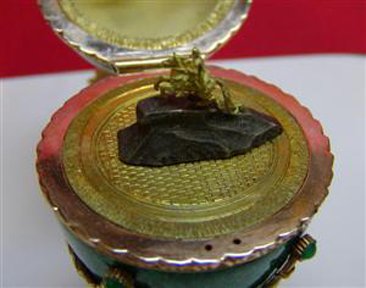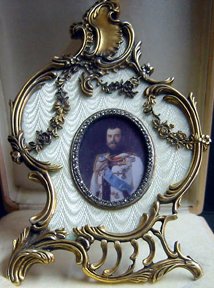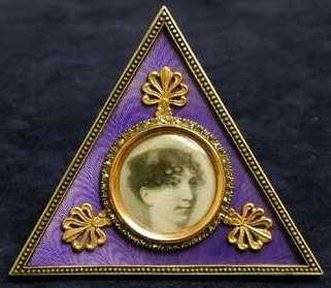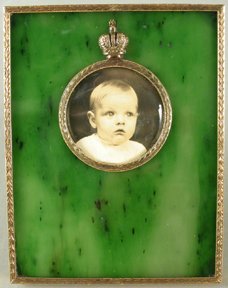Noted Fabergé authority DR. GéZA VON HABSBURG HUMOROUSLY REFERS TO these examples AS "FAUXBERGÉ".
GENUINE FABERGÉ PIECES ARE "ONE OF A KIND". FABERGÉ'S PALETTE INCLUDED OVER 100 DIFFERENT SHADES OF ENAMEL. NOTICE HOW THESE FAKE ITEMS USE THE SAME ELEMENTS AND ENAMEL COLORS OVER AND OVER AGAIN. And don’t let the “original fitted box” fool you. these are also contemporary reproductions.
Our first group consists of animal figures. These imitations borrow elements of their designs from genuine Fabergé objects, but their execution is clumsy and unappealing. They are poorly finished and unharmoniously assembled in peculiar ways.


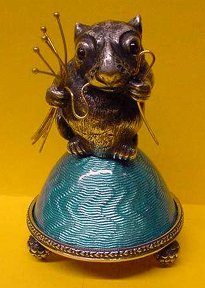












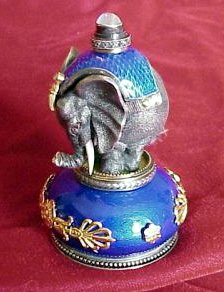
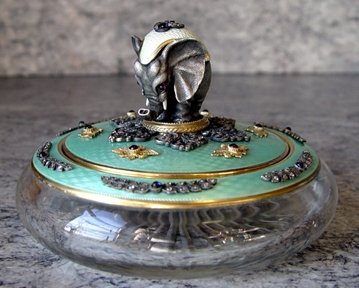


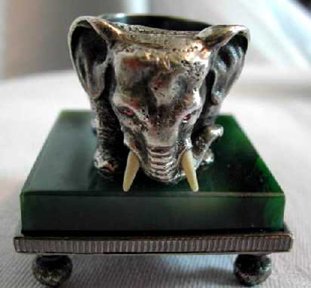





The next group to examine will be photo frames and boxes. The counterfeiters tend to over embellish these objects, especially with imperial ciphers and portraits. Some of them are better than others, and a few would require the opinion of an expert to identify them as fake. If you are in doubt, compare the asking price with those of recent auction sales. Usually, these items sell for much less than the market value of genuine objects.
We can categorize the next group as “objects of function”. This includes desk sets, candlesticks, letter openers and “cigar tubes”. The cigar tubes are a particular curiosity, as this is an item that was not part of Fabergé’s oeuvre.



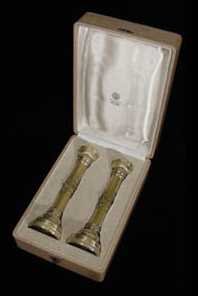
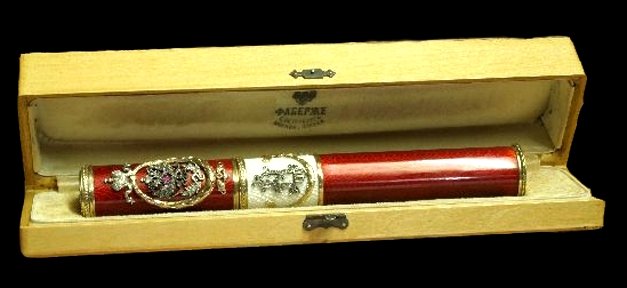




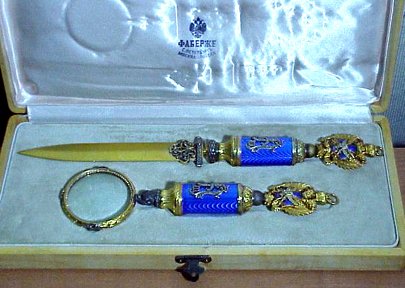











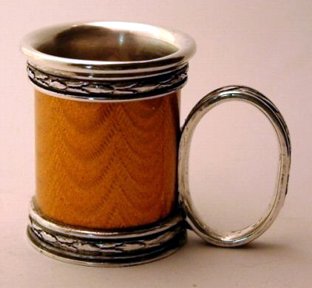

Fabergé clocks are among the most sought-after objects by collectors. The firm created a wide array of styles comprised of virtually all the materials available to them. Many of the genuine clocks are spectacular. Here we have a sample of some attempts to re-create these works of art. The imitations fall far short of their authentic counterparts.


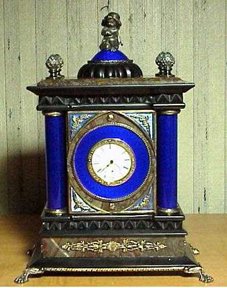



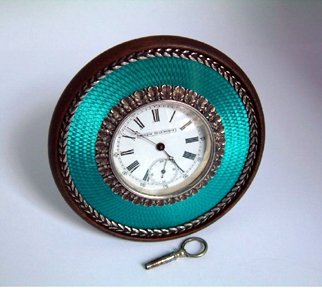

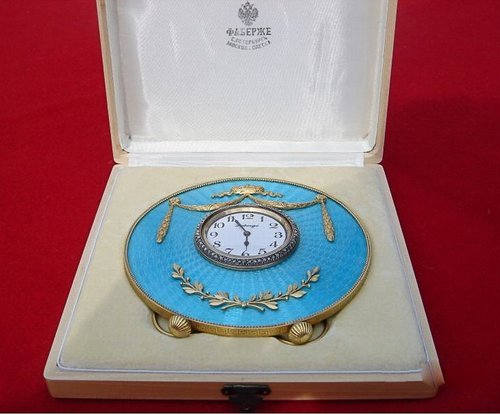
Canes and parasols were common items during the late 19th and early 20th centuries. Fabergé created a vast and varied number of handles for them. They were fun and fanciful. Here are some decidedly unappealing fakes.




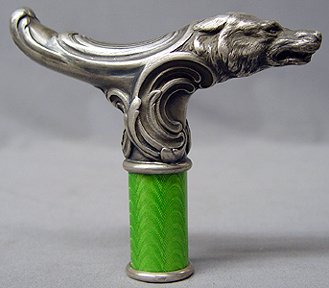



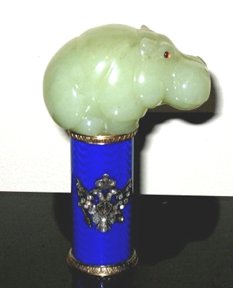

Cufflinks are probably the most common forgeries that you will find. Because Fabergé created so many different styles of cufflinks, it is extremely hard to authenticate them. Most of the following examples are poorly produced and easily identified, but this is not always the case. Without iron-clad provenance, you should probably avoid trying to acquire them.
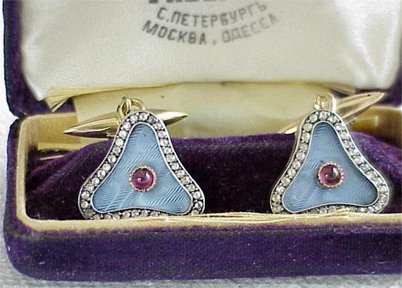
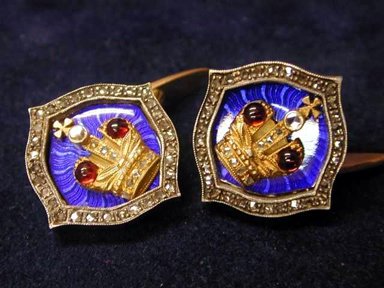

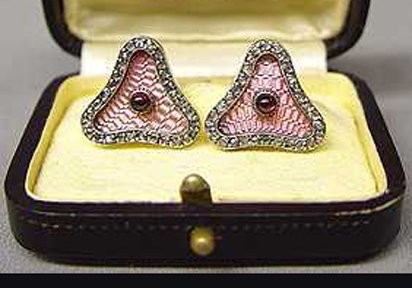




Last, but not least, are the fake imperial eggs. Yes, there are a few genuine eggs missing, but we know about all of them. They cost millions and millions of dollars. Anything that you see anywhere is absolutely phony. Here are just a few examples.


